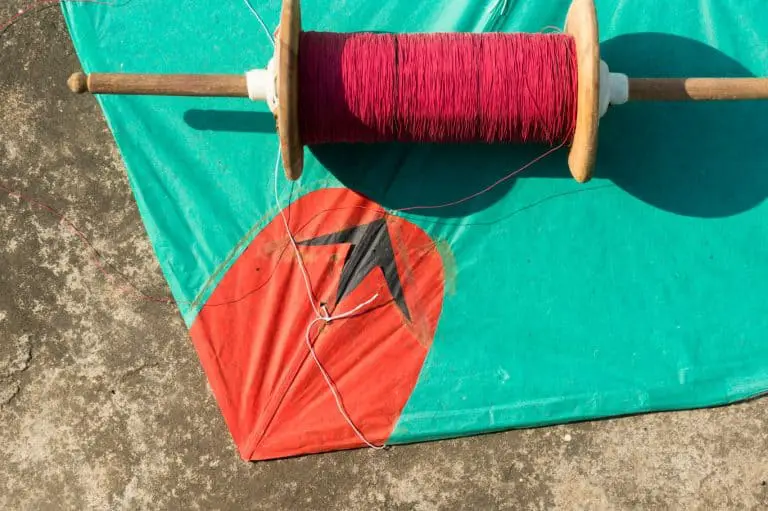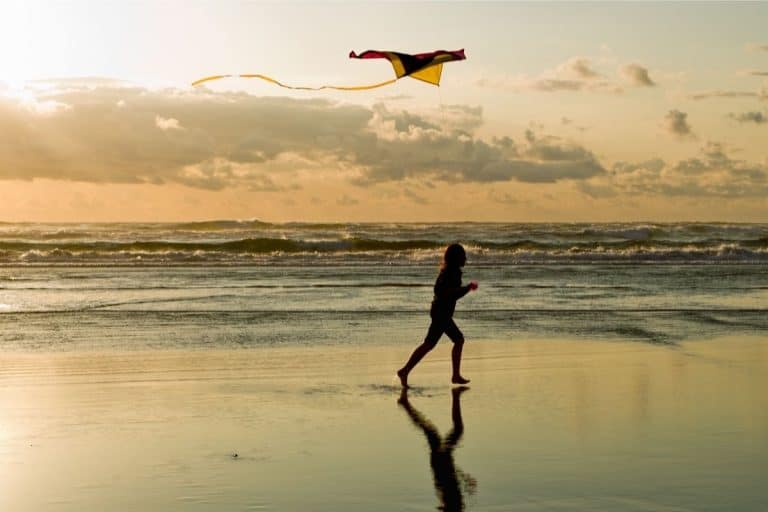Do People Still Fly Kites: A Timeless Activity
Kite flying remains a popular activity across various cultures worldwide, conjuring a sense of nostalgia and simple joy. The allure of watching a kite soar through the sky continues to captivate both children and adults. This time-honored pastime combines art, physics, and recreational sport, transcending generational boundaries and continuing to evolve with new designs and innovative materials.
Despite modern entertainment options, kite flying retains significance, drawing enthusiasts who revel in its meditative and communal aspects. Beachgoers, families in parks, and participants in kite festivals keep the tradition thriving.
With advancements in kite construction, the activity offers a range of complexities and learning opportunities. Whether it’s a homemade creation or a professionally crafted model, the essence of kite flying—the triumph of seeing a kite ascend, powered by the wind—is a universally shared experience.
Key Takeaways
- Kite flying persists as a popular activity globally as a blend of tradition and fun.
- It serves as a way to engage with the outdoors, learn about aerodynamics, and participate in community events.
- Advancements in design continue to influence kite making, accommodating a variety of skill levels and interests.
History and Cultural Significance
Kite flying is a storied activity, with historical roots and cultural depth that date back millennia and span continents.
Origins of Kite Flying
The invention of kite flying is attributed to ancient China, with the earliest written accounts dating back to the Han Dynasty (206 BC – 220 AD). They were initially constructed from bamboo and silk. General Han Hsin of the Han Dynasty is often noted for using a kite during military operations to measure the distance of his army’s tunnel beneath the walls of a city he was attacking.
Kite Flying in Asia
In Asia, kite flying became embedded in the cultural fabric of numerous countries. In China, kites served not only as military tools but also played a role in religious ceremonies and festivals. Moving to Japan and Korea, kites were also deeply interwoven with cultural practices, often carrying spiritual or celebratory significance.
India is famous for its vibrant kite festivals, where the sky fills with kites for events like Makar Sankranti. Conversely, kite flying was banned in Afghanistan by the Taliban, a period which is vividly depicted in the novel “The Kite Runner,” underscoring its cultural importance.
Kite Flying in Modern Times
Today, kite flying persists as a popular activity worldwide, both as a hobby and a spectacle at various kite festivals. Modern kite flying is eclectic, with designs ranging from simple diamond-shaped kites to complex artistic creations.
These events serve a cultural purpose, as they are often tied to local traditions and community values, symbolizing unity and the joy of outdoor activities. Kite competitions also keep the activity popular.
Science and Mechanics of Kite Flying
Although seemingly in simple in theory and practice, flying a kite involves developing an understanding of complex physical interactions; concepts like wind, friction (drag), lift, aerodynamics, mass, gravity and more. Design elements such as shape and materials play crucial roles in a kite’s ability to harness the wind.
Physics of Kite Flight
Lift and drag are the primary aerodynamic forces at work in kite flying. Lift is generated through the difference in air pressure between the top and bottom surfaces of the kite. The upward force enables the kite to rise and counteract gravity.
Drag, on the other hand, is the resistance felt as air flows around the kite. The angle at which the kite meets the wind, also known as the attack angle, is critical for maintaining lift.
- Lift: Caused by pressure difference.
- Drag: Air resistance against the kite.
- Gravity: Downward force the kite must overcome.
- Angle of Attack: Determines efficiency of lift.
Kite Designs and Materials
Kites come in various designs, each with its unique flying attributes. The box kite, known for its geometric frame and excellent stability in the wind, employs a combination of wood or lightweight materials for the frame. The sail of a kite can be made from paper, fabric, or plastic.
- Box Kite: Stable, geometric frame design.
- Parafoil: Soft structure, adaptable to wind changes.
- Materials: Range from traditional paper to modern synthetic fabrics.
Meteorological Aspects
The interaction with weather conditions is critical for kite flight. Essential to this is the strength, stability, and direction of the wind. Kites require a minimum wind speed to achieve lift and remain airborne.
However, excessively strong winds can overpower the control systems, like the bridle, which are meant to manage the orientation of the kite.
- Wind Strength: Must be sufficient for lift without overpowering control systems.
- Bridle: Adjusts kite’s angle to the wind; critical for stable flight.

Recreational and Professional Kite Uses
The tradition of kite flying spans centuries, with current applications in both recreational and professional spheres. Techniques and technologies have evolved to expand kiting beyond simple leisure, into the realms of sport, advertising, and aerial photography.
Sports and Competitions
Kite flying is no longer just a pastime activity; it has soared into the competitive sports arena. Kite fighting is a popular sport in many countries, especially in Asia. It involves maneuvering a kite to cut the string of an opponent’s kite through friction.
Moreover, kite surfing where individuals ride waves on a board while powered by a large steerable kite, showcases the athletic aspects of kiting. Competition varies from freestyle performances to precision flying, with stringent rules and scoring systems.
Advertising and Messaging
Businesses often utilize kites as a medium for advertising. Large kites can serve as floating billboards that capture the public’s attention. Given their height and mobility, kites offer a unique platform for high-visibility promotion.
Events or causes may use kites to send aerial messages, leveraging the charm and high visibility of kiting to make public announcements.
Kite Aerial Photography
Kite Aerial Photography (KAP) harnesses the lifting power of kites to elevate cameras and capture aerial images. This form of photography can be instrumental in surveying land, archaeological digs, or in environmental research.
Kites for KAP are stable and can be equipped with rigs to position and trigger cameras remotely, producing high-quality imagery from a bird’s-eye view.
Kite Crafting and Innovation
Kite crafting continues to be a beloved hobby that combines creative expression with aerodynamic innovation. Both traditional and modern kite makers infuse their designs with a fusion of art and technology.
DIY Kite Making
Individuals often find joy in building their own kites, a process which allows for a range of shapes and sizes tailored to personal preferences. Common resources for DIY kite making include lightweight materials like paper or fabric, a structure made from bamboo or plastic rods, and a flying line to control the kite.
Adhesives, such as glue or tape, are essential in assembling these components. Distinctive styles have emerged over time, such as the dragon kites known for their elongated bodies and often elaborate decorations.
Materials Used:
- Paper or fabric for the sail
- Bamboo, wood, or plastic for the frame
- String or fishing line for the bridle and flying line
- Adhesives like glue or tape
Kite Styles:
- Traditional: Inspired by historic designs such as Chinese or Japanese kites.
- Modern: Embrace new shapes and use of bright colors and graphics.
Advancements in Kite Technology
Through history, innovators like Sir George Cayley, who is often credited with constructing the first successful glider, and Lawrence Hargrave, who invented the box kite, contributed significantly to the understanding of aerodynamics. Alexander Graham Bell furthered kite technology with his tetrahedral kites. The Wright brothers, who meticulously tested their gliders, leveraged kite designs to eventually achieve powered flight. Modern advancements have introduced kites with enhanced control, stability, and the ability to fly in a wider range of wind conditions.
Technological Milestones:
- Sir George Cayley’s contributions to aerodynamics
- Lawrence Hargrave’s box kite design
- Alexander Graham Bell’s tetrahedral kites
- The Wright brothers’ use of kites in pre-flight experiments
Innovations:
- Improved materials for better performance such as ripstop nylon
- High-strength synthetic lines for durability and better control
- More efficient bridle systems for stability
Today’s kite enthusiasts can harness these advancements to enjoy a more sophisticated kite flying experience.








